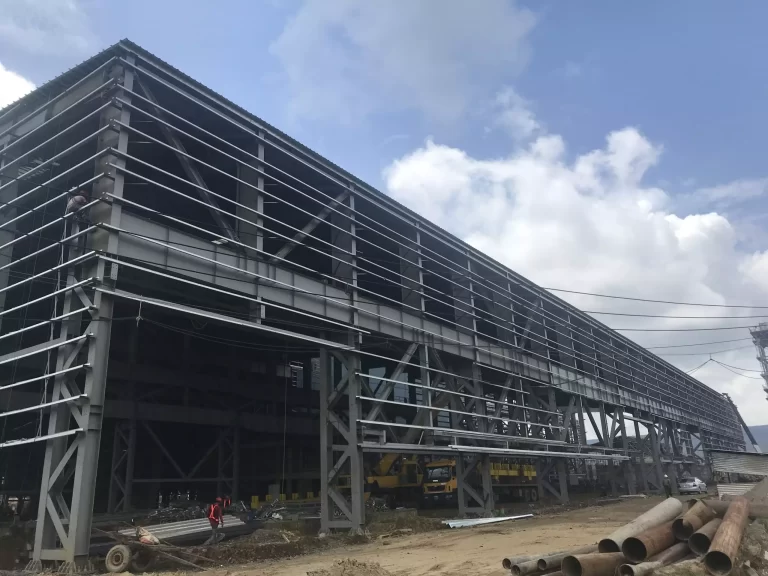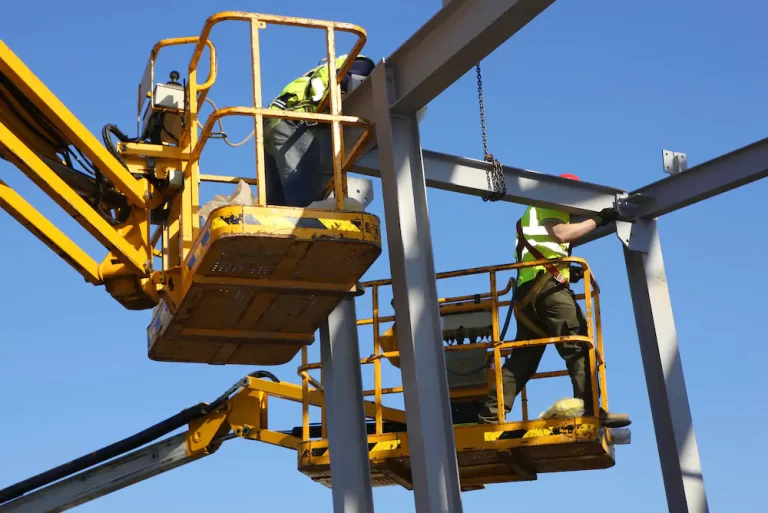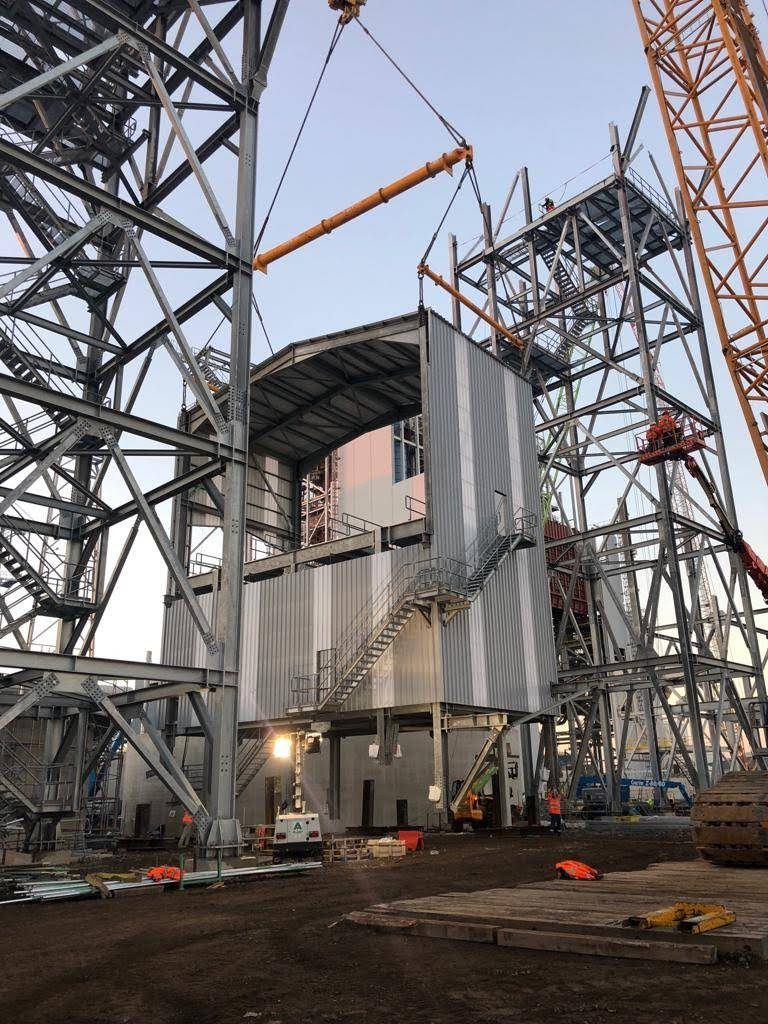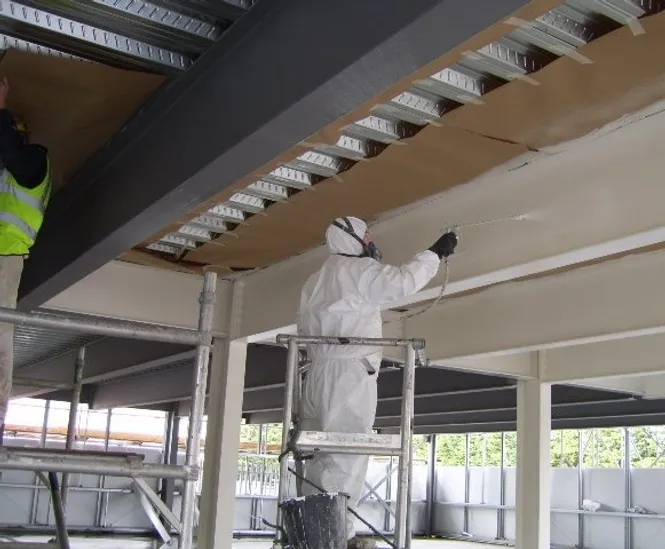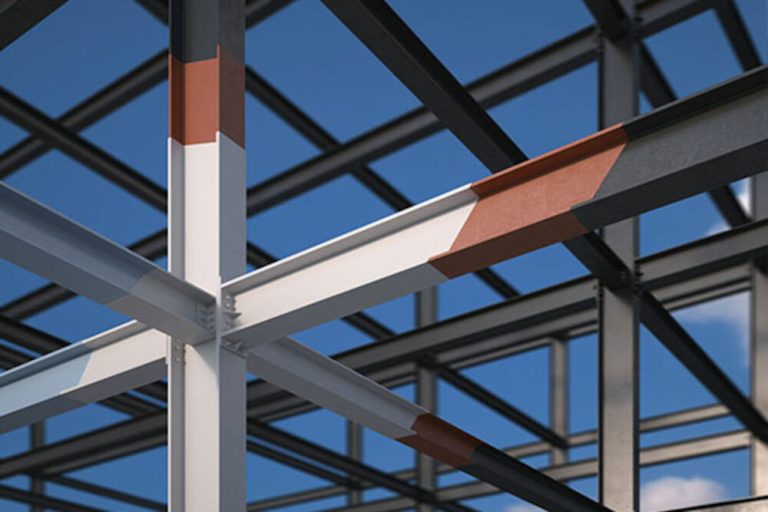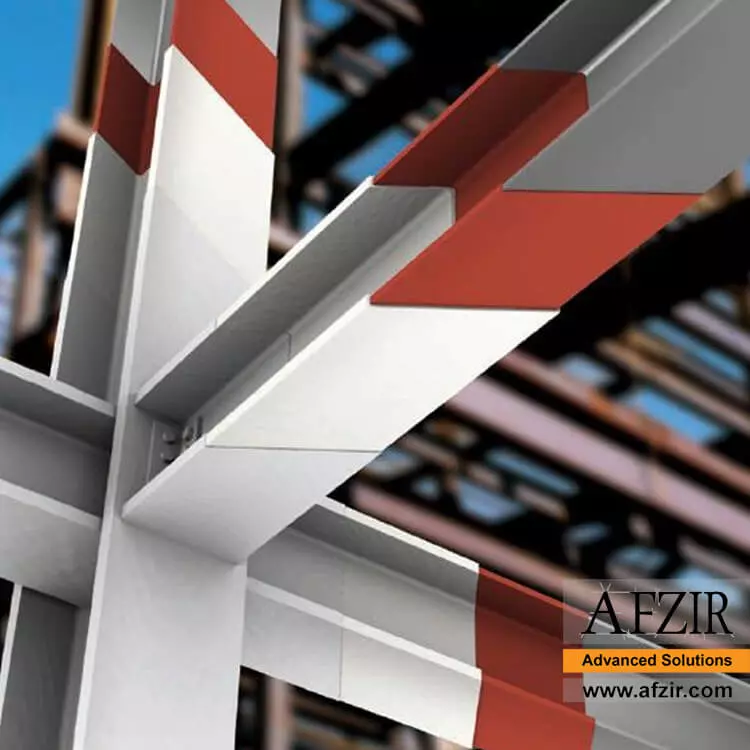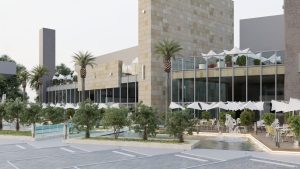It’s no secret that HVAC systems are responsible for a huge portion of the world’s energy consumption. Unfortunately, traditional HVAC systems rely on outdated technologies that are harmful to the environment. Fortunately, this doesn’t have to be the reality: eco-friendly technologies within the HVAC industry are changing the way we consume energy. In this blog post, we’ll explore six different eco-friendly technologies that are revolutionizing how we power our homes and businesses. From geothermal energy to solar power and more, read on to discover how you can reduce your carbon footprint while still keeping comfortable indoors.
ENERGY ANALYSIS SOFTWARE
There are many different energy analysis software programs available on the market today. These programs can be used to help identify opportunities for energy savings in your home or business.
Some energy analysis software programs are designed specifically for HVAC systems. These programs can help you to understand how your HVAC system is operating and identify ways to improve its efficiency. Other energy analysis software programs are more general in nature and can be used to assess the energy use of any type of building or appliance.
Whichever type of program you choose, using energy analysis software can help you to save money and reduce your carbon footprint.
ICE-POWERED AIR CONDITIONERS
There are a few air conditioner models that use ice to cool your home. They work by using a pump to circulate water over a frozen coil, which in turn, cools the air that is blown through the unit. These types of units are more eco-friendly than traditional air conditioners because they don’t use Freon or other harmful chemicals.
GEOTHERMAL HEAT PUMPS
Geothermal heat pumps (GHPs) are among the most efficient and eco-friendly technologies available for heating and cooling homes and buildings. GHPs use the earth’s constant temperature to provide heating and cooling, which can save homeowners hundreds of dollars on their energy bills each year.
In the winter, a GHP system extracts heat from the ground and transfers it into the home. In the summer, the process is reversed, and the GHP system removes heat from the home and transfers it back into the ground. This process is extremely efficient and can save homeowners up to 70% on their heating and cooling costs.
GHPs are also much more environmentally friendly than traditional HVAC systems. GHPs do not burn fossil fuels, so they do not release carbon dioxide or other harmful emissions into the atmosphere. Additionally, GHPs can often be powered by renewable energy sources such as solar panels or wind turbines, making them even more eco-friendly.
THERMALLY DRIVEN AIR CONDITIONING
Thermally driven air conditioning (TAC) is a type of cooling system that uses the temperature difference between the inside and outside of a building to generate refrigeration. This technology can be used for both space conditioning and domestic hot water production. TAC systems are typically more efficient than conventional electric air conditioners, and they have the potential to significantly reduce energy consumption in buildings.
RADIANT FLOOR HEATING
Radiant floor heating is a type of heating system that heats your home by warming the floors from underneath. This type of system is very efficient because it doesn’t lose heat through ductwork or vents like other types of systems.
Radiant floor heating is also a great option for people with allergies because there are no forced air systems blowing around dust and pollen.
If you’re looking for an eco-friendly way to heat your home, radiant floor heating is a great option.
HVAC ZONING
Heating, ventilation, and air conditioning (HVAC) systems are critical for comfortable indoor living, but they can be a significant source of energy consumption and greenhouse gas emissions. Thankfully, advances in technology are providing more efficient and eco-friendly options for heating and cooling our homes.
One promising development is HVAC zoning, which allows you to divide your home into separate zones with their own temperature controls. This way, you can heat or cool only the areas that you’re using, rather than the entire house. Zoned HVAC systems can be controlled by a central thermostat or by individual room thermostats, depending on your needs.
Zoned HVAC systems can save you energy and money while providing greater comfort. If you’re interested in installing a zoned system in your home, be sure to consult with a qualified HVAC contractor to ensure that it’s properly designed and installed.
Eco-Friendly HVAC in Saudi Arabia
In Saudi Arabia, the use of air conditioners is increasing at an alarming rate due to the climate. However, the traditional air conditioners use a lot of energy and release harmful greenhouse gases into the atmosphere. In order to combat this problem, eco-friendly air conditioners are being developed that use less energy and don’t release harmful gases. One such air conditioner is the “Solar-Powered Air Conditioner” which uses solar panels to convert sunlight into electricity which is used to power the air conditioner. This type of air conditioner is very efficient and doesn’t release any harmful gases into the atmosphere.


